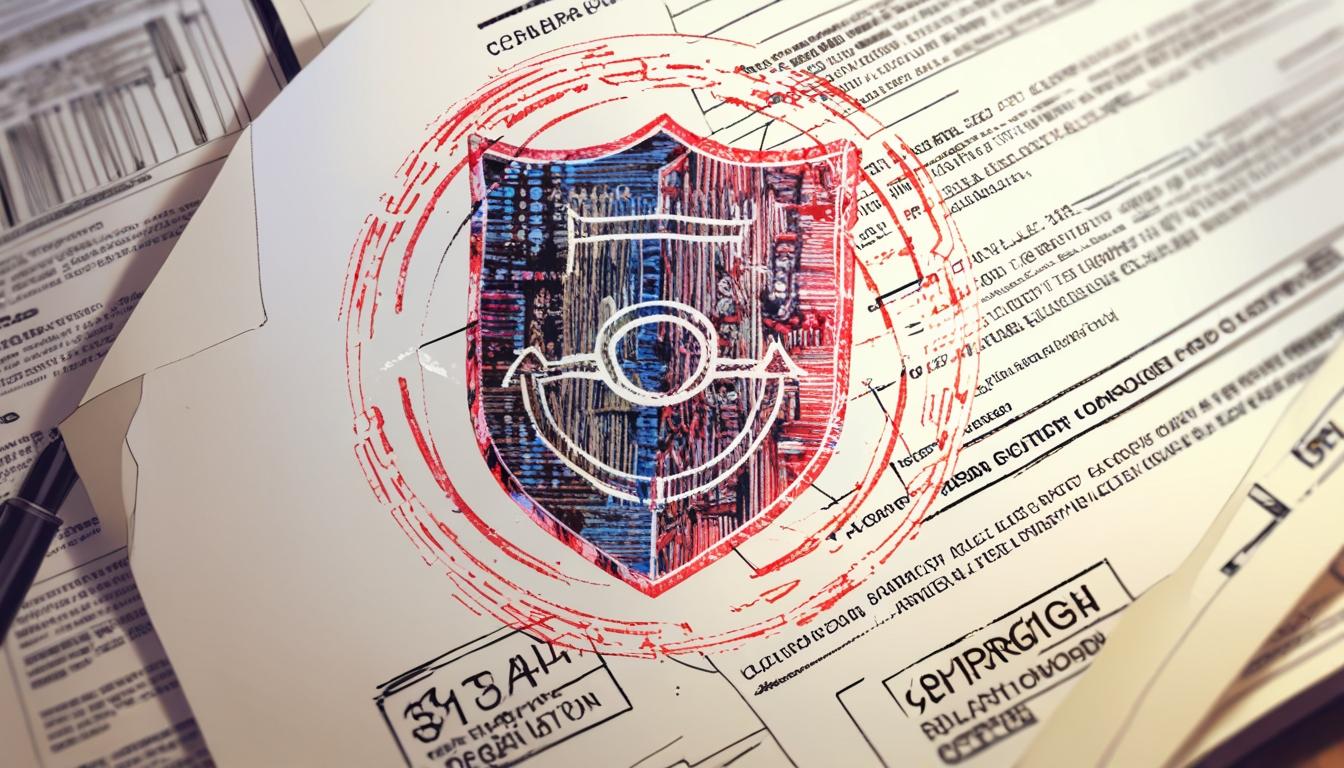The UK’s burgeoning landscape of artificial intelligence is facing significant scrutiny, particularly concerning the government's proposed "opt-out" mechanism aimed at regulating how AI models are trained. This initiative, which would have allowed generative AI developers to utilise protected works without express permission unless rights holders proactively opted out, has recently encountered substantial opposition and a notable legislative setback.
Reports suggest that the amendment to the AI bill, viewed as a severe defeat for the ongoing legislation, has dramatically shifted the balance of power back towards creators. The amended proposal would now require AI developers to obtain permission from copyright owners before using their works for training, effectively reversing the onus placed on creators to opt out. As outlined in the amendment, companies would be obliged to provide detailed information concerning the data sets used in training their models and to inform rights holders of any individual works utilised.
This move comes on the heels of widespread criticism from the creative industry, including notable figures such as Elton John and Paul McCartney, who signed a letter condemning the bill. The musical community launched a silent protest album titled "Is This What We Want?" to draw attention to the risks posed by the proposed legislation. The campaign reflects broader concerns that the “opt-out” approach could severely undermine the creative economy, jeopardising the livelihoods of artists and the cultural heritage of the UK.
Culture Secretary Lucy Frazer recently outlined intentions to increase transparency surrounding AI training processes, echoing calls for supportive regulations while protecting the interests of creatives. The government's commitment to balance its ambitions to position the UK as a leading AI hub with the safeguarding of its cultural industry indicates an evolving understanding of the complex interplay between technology and the arts.
Interestingly, research from the University of Cambridge has delved into the implications of the proposed "rights reservation" model for AI data usage, arguing that it contradicts underpinnings of copyright law. Critics maintain that the burden of opting out would disproportionately affect emerging artists who may lack the resources to navigate such complexities. The researchers advocate for clearly defined policies affirming that human authors alone hold copyrights, regardless of AI involvement, and recommend establishing compensation frameworks for creators whose works are frequently integrated into AI training prompts.
The global stage mirrors these concerns, with similar debates unfolding across borders. Within the United States, platforms like SoundCloud grapple with the ethical implications of AI training while defending creative rights amidst legal challenges. Data suggests that developers based in regions with less stringent intellectual property laws are often training their models on protected material without consent, raising ethical questions about the responsibilities of tech companies in an interconnected landscape.
As discussions around the AI bill continue, with the amended legislation moving to the House of Commons for further deliberation, one thing is clear: The UK's creative sector is committed to safeguarding its rights in an era where technology increasingly intersects with artistic expression. The long-term impact of these regulations may well define the relationship between AI innovation and the creative economy, necessitating continuous dialogue to ensure fairness for all stakeholders involved.
Sustaining this momentum may require further policy advancements beyond mere amendments. Transparency and fair compensation must be cornerstones in any approach that seeks to harness the power of AI while respecting the invaluable contributions of creators. As this complex narrative unfolds, the balance between technological advancement and artistic integrity remains a pivotal point of debate in the ongoing evolution of copyright law.
Reference Map
- Paragraphs 1, 2, 3, 4, 5
- Paragraph 1
- Paragraph 4
- Paragraph 4
- Paragraph 3
- Paragraph 4
- Paragraph 1
Source: Noah Wire Services
